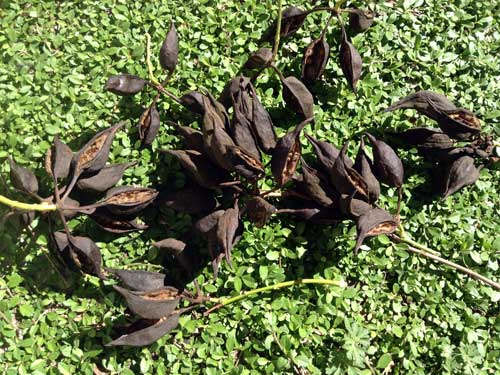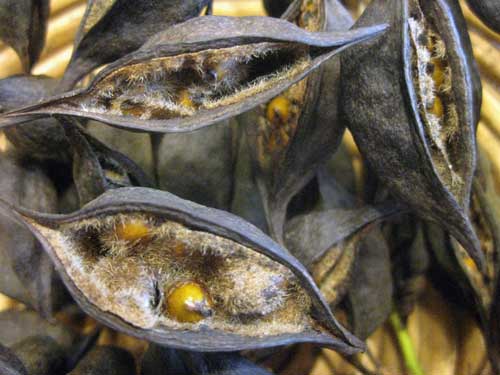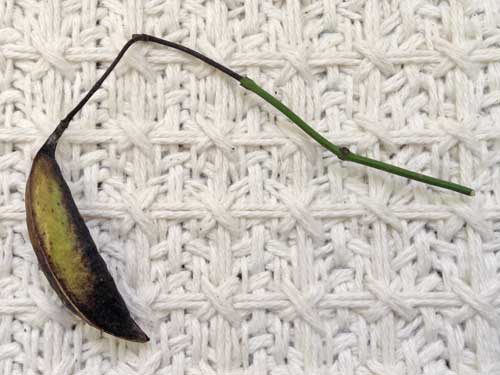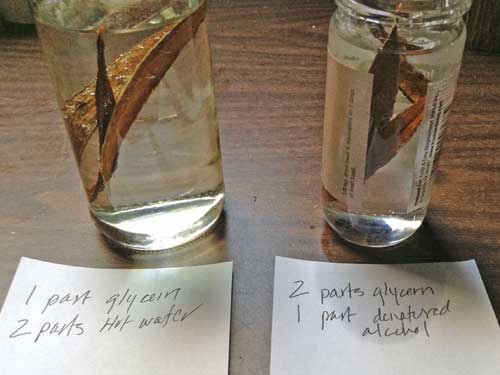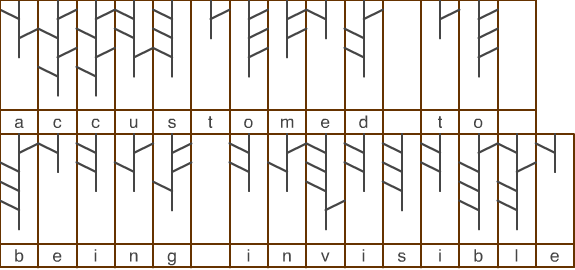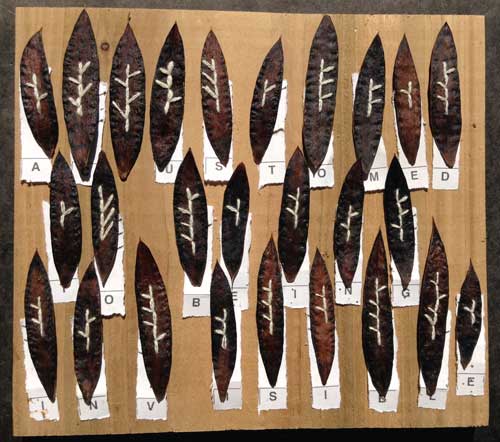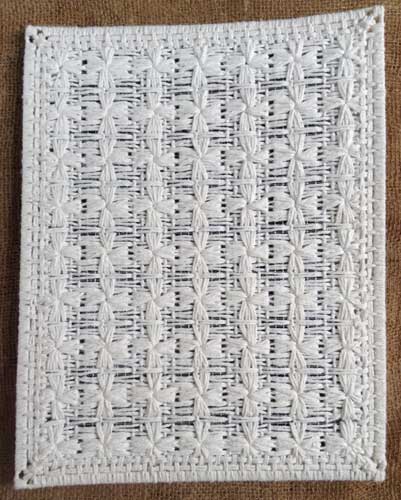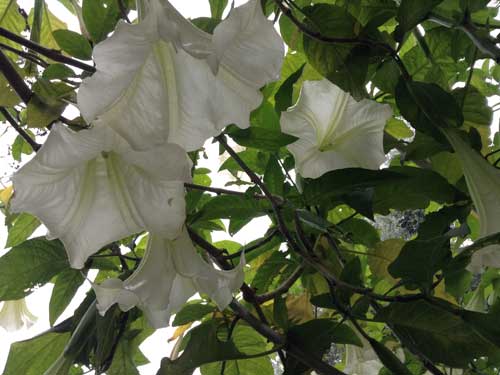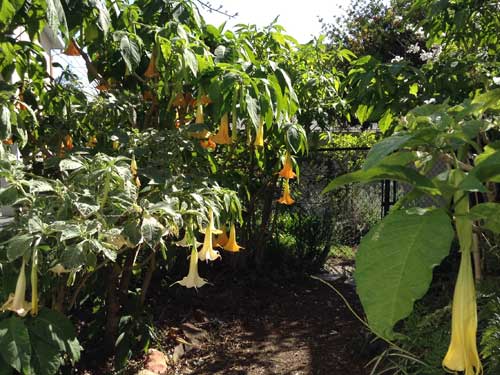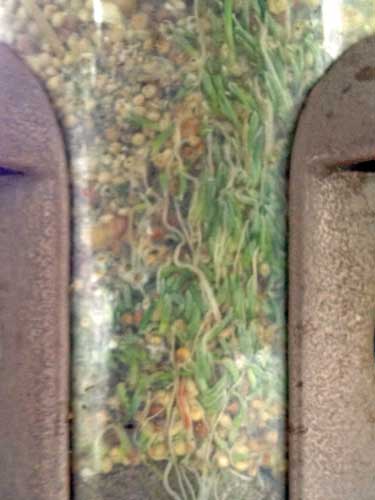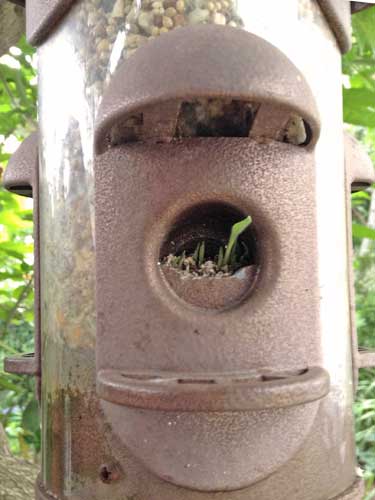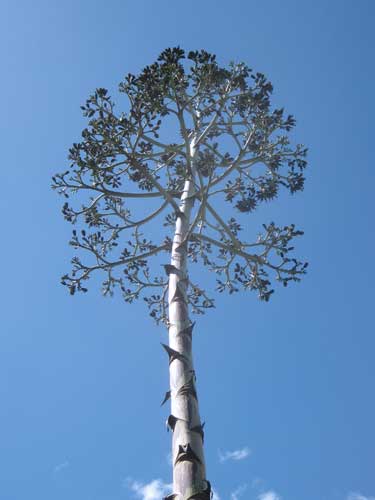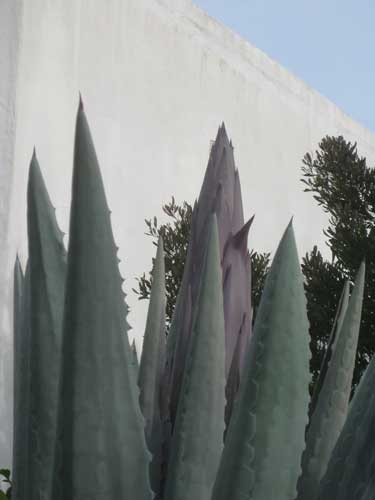Easter is coming and House Rabbit organizations have a campaign–Make Mine Chocolate. The purpose is to inform and the hope to prevent people from purchasing a bunny for Easter. The majority of Easter bunnies end up released or sent to shelters or worse. People need to be aware that a rabbit is at least a 10 year commitment.
If you are thinking about purchasing a cute bunny for your child, choose a plush, stuffed rabbit. Real rabbits are sensitive and fragile creatures. They do not live on carrots or cabbage or ice cream that some authors put in children’s books. Rabbits need an appropriate diet of hay and greens, not crackers and chips.
Rabbits are never to be picked up by their ears. They can startle and be harmed easily. And without proper care and veterinary check ups, rabbits can die.
It should go without saying, Never, Never, Ever release a rabbit. They can be killed by predators, hit by cars, or worse. They can starve or become wounded, and die a painful death.
This is a photo of Nora. She lived for nearly 14 years.
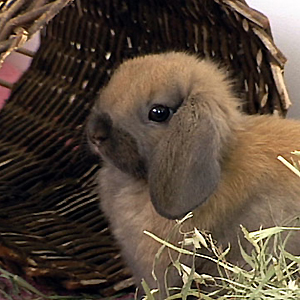
She had surgery after she was attacked. She had several bouts of gastrointestinal stasis that required veterinary care. Later in life she had problems with her teeth which required treatment that included anesthesia. Anytime a rabbit is given anesthesia, complications can occur. And finding a good veterinarian can be difficult.
How cute is all of that???
Buy a plush bunny. They are cute and make great companions. They do not need to be feed. Litter boxes do not need to be cleaned. They do not need to see a veterinarian. And they will not die from neglect.

Or buy a chocolate bunny. Make bunny cupcakes or cookies. But don’t buy a Real Live Rabbit. They are not toys. They are lovely sensitive creatures who should be treated with love, care, and respect.
Make Mine Chocolate, UK Rabbit Welfare
The best rabbit veterinarian on the California Central Coast is Dr. Susan Choy at Bear Valley Animal Clinic.


